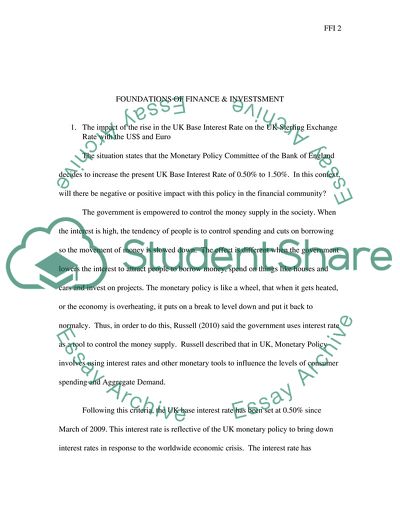Cite this document
(Foundations of Finance and Investment Assignment, n.d.)
Foundations of Finance and Investment Assignment. Retrieved from https://studentshare.org/macro-microeconomics/1741327-foundations-of-finance-and-investment
Foundations of Finance and Investment Assignment. Retrieved from https://studentshare.org/macro-microeconomics/1741327-foundations-of-finance-and-investment
(Foundations of Finance and Investment Assignment)
Foundations of Finance and Investment Assignment. https://studentshare.org/macro-microeconomics/1741327-foundations-of-finance-and-investment.
Foundations of Finance and Investment Assignment. https://studentshare.org/macro-microeconomics/1741327-foundations-of-finance-and-investment.
“Foundations of Finance and Investment Assignment”, n.d. https://studentshare.org/macro-microeconomics/1741327-foundations-of-finance-and-investment.


